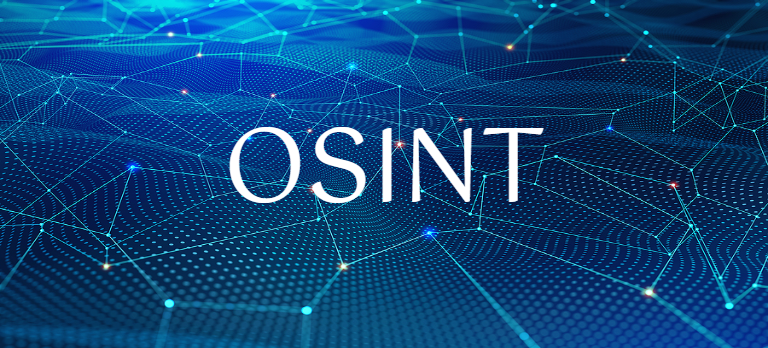As we’ve learned over the past year and a half, data is a critical tool in keeping us healthy as individuals and as a collective society. Early on in the pandemic, people were hungry for information to assess personal risk. Charts tracking national, international, and hyper-local stats on COVID cases were readily available to fill this need. The speed at which these trackers were made available was due in part to the fact that they were working with new, already digital data. Expanding this type of visibility into public health to areas beyond the pandemic will be more difficult. GovWhitePapers has selected healthcare data white papers for sound advice on how to help your agency move towards data sharing and privacy goals.
Standardizing Data Sharing
Healthcare organizations have been working for some time to standardize how they collect and share health data. The implementation of compatible Electronic Health Records (EHRs) was the first significant effort — ensuring patient information could be easily and securely shared electronically among providers. Today’s need for data extends beyond the individual patient. It uses all the patient information to spot trends, identify public health risks, and develop treatments.
With a surprising number of jurisdictions still using paper-based systems, the collection of this data remains incomplete, and the insights gained could be skewed as a result of this preliminary data set. The 21st Century Cures Act, passed in 2016, was the stake in the ground to solve this problem. This legislation mandates the sharing of health data in secure and machine-readable formats, with major deadlines set for December 2022 and December 2023.
Even when data is complete, sometimes the problem is with the people. Organizations may not have the right staff in place to understand and make sense of the collected information. Additionally, some organizations that do have the right people in place do not have a culture that promotes sharing data and findings outside of defined silos. Getting buy-in on the value of data to a broader audience is key to expanding wider access and use of critical information.
Securing the Value
Unfortunately, cybercriminals understand and believe wholeheartedly in the value of health data. Healthcare organizations are one of the main sectors targeted by ransomware. Protecting against ransomware goes beyond locking down access to data. Most ransomware attacks happen via a person (unknowingly) clicking on a link that downloads malicious software onto their machine and then spreading it through the system until critical applications are shut down. Ransomware also enters healthcare organizations through out of date, and therefore unprotected systems that may have no interaction with the data eventually held ransom, but they provide the doorway into the larger IT infrastructure.
While educating people on the value of data to their work and the importance of sharing data, it is critical to also teach/refresh basic cyber hygiene practices across the organization. This includes non-technical staff all the way to the security department to ensure everyone is aligned on policies and best practices to keep data in the hands of only those who need it.
GovWhitePapers offers a number of resources focused on using and protecting data. Here are just a few:
- Data Integrity: Detecting and Responding to Ransomware and Other Destructive Events — Ransomware, destructive malware, insider threats, and even honest mistakes present an ongoing threat to organizations that manage data in various forms. A timely, accurate, and thorough detection and response to a loss of data integrity can save an organization time, money, and headaches. This project details methods and potential tool sets that can detect, mitigate, and contain data integrity events in the components of an enterprise network. It also identifies tools and strategies to aid in a security team’s response to such an event.
- Artificial Intelligence in Healthcare — This GAO report discusses three topics: (1) current and merging AI tools available for augmenting patient care and their potential benefits, (2) challenges to the development and adoption of these tools, and (3) policy options to maximize benefits and mitigate challenges to the use of AI tools to augment patient care.
- A Shared Responsibility: Protecting Consumer Health Data Privacy in an Increasingly Connected World — Americans are increasingly apprehensive about the privacy of their personal information. Nowhere is this issue more important than in regard to health data. Companies that operate mobile apps, search engines, social media platforms, and health-oriented websites have more health information about their users than a hospital has about most of its patients. Yet, these technology companies typically are not subject to HIPAA or other health privacy laws. The amount of health information held by these companies continues to increase in volume and importance by the day.
This is just a sampling of the content GovWhitePapers makes available to the government community and the industries that serve it. You can browse additional government white papers on healthcare through our search engine here:










